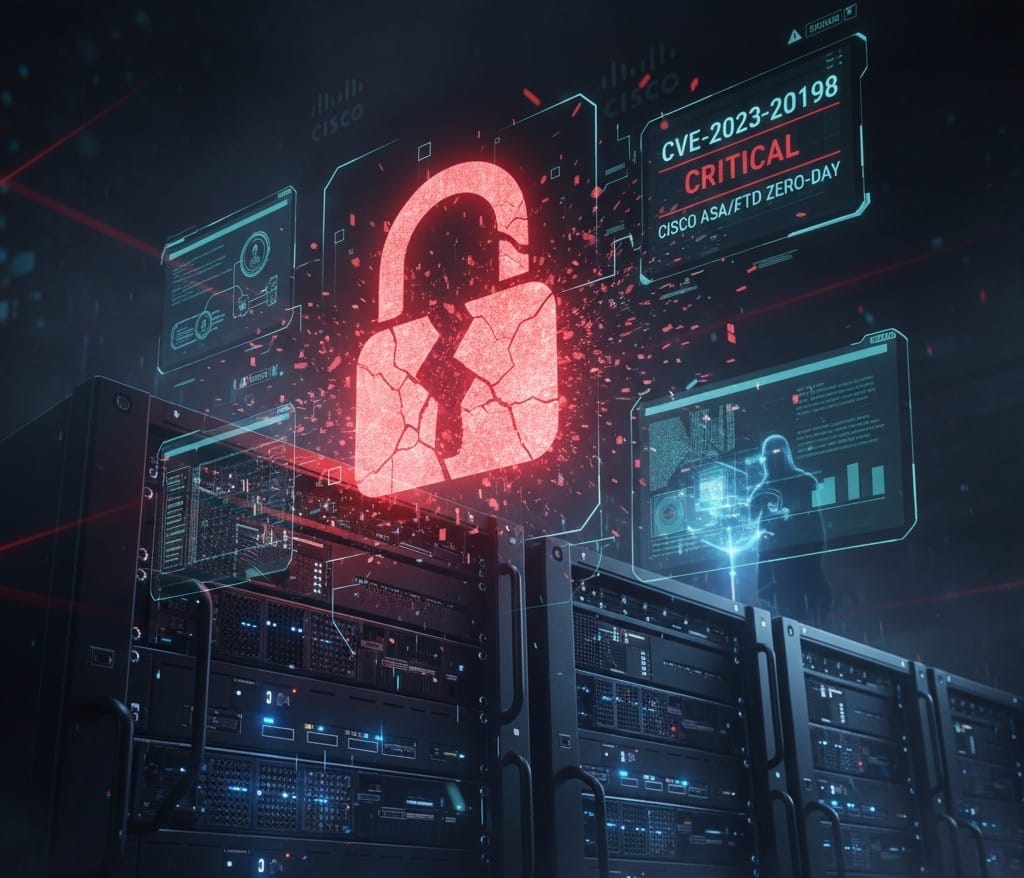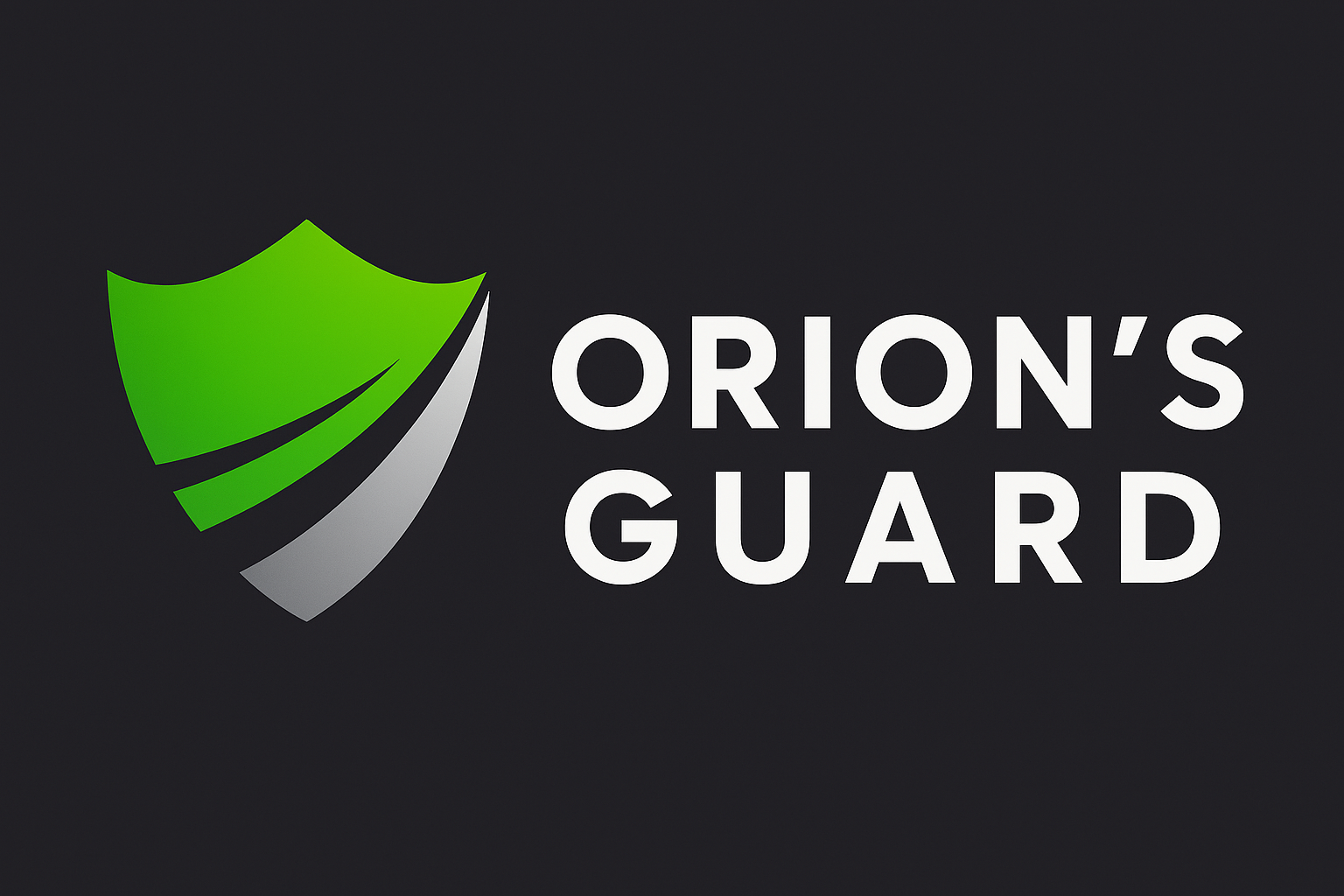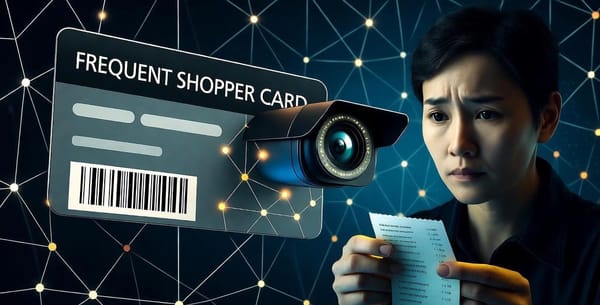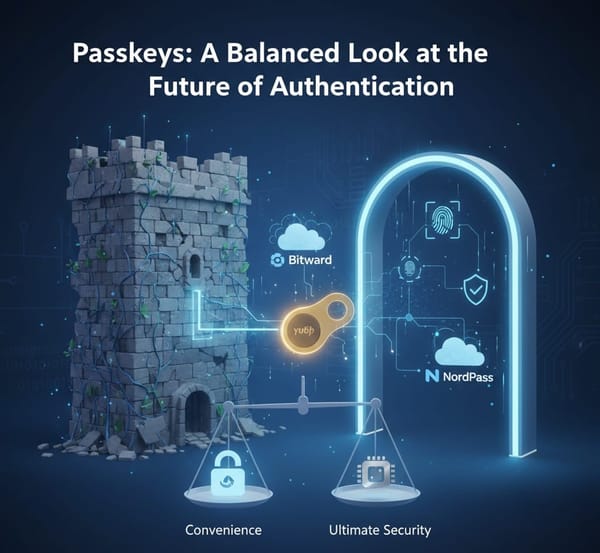Cisco And Their Zero Day Nightmare - How You’re Impacted

Alright, gather 'round the campfire And turn of your flashlights, I have a scary story to tell you. We've got another one brewing in the wild west of the internet, and this time, it's a big name: Cisco. For those who aren't steeped in the tech world, Cisco is pretty much the plumbing of the internet. Their gear runs networks for massive corporations, governments, and even some of the services you use every day without realizing it.
So, when Cisco gets hit with a Zero-Day vulnerability, it's not just a little scary, this is Nightmare On Elm Street level.
What is This Cisco Zero-Day All About?
Let's break down the jargon. A "Zero-Day" means a vulnerability that the good guys (Cisco, in this case) didn't know about, and therefore, they aren’t aware it needs to be fixed. A Zero-day can be worth hundreds of thousands or more on the black market and for one that hits Cisco it’s big time. The bad guys, however, do know about it and an actively exploit it in the real world. Think of it like a secret, master key to a fortress that only the thieves knew existed until they started using it.
This particular vulnerability (tracked as CVE-2023-20198) is found in Cisco's Adaptive Security Appliances (ASA) and Firepower Threat Defense (FTD) software. These are firewalls and VPN concentrators—the bouncers and gatekeepers of network traffic. The flaw allows an unauthenticated attacker (meaning they don't need a username or password) to remotely reload the device or even execute arbitrary code.
In plain English: A hacker can essentially crash these critical network devices, taking down entire segments of a business's network. Worse, they could potentially plant their own malicious code, gaining control over the device and, by extension, the network it protects.
Severity: A Digital Catastrophe in the Making?
On a scale of 1 to 10 for severity, with 1 being a stubbed toe and 10 being the asteroid that wiped out the dinosaurs, this is easily an 8.5.
- For Businesses: This is a five-alarm fire. ASA and FTD devices are typically deployed at the very edge of a company's network, guarding the entrance. If an attacker can bypass or take control of these, they have a direct path into the internal network. This could lead to massive data breaches, complete network outages, and devastating financial and reputational damage. We're talking about ransomware, data theft, and persistent access for future attacks.
- For Home Users: While you likely don't have a Cisco ASA firewall in your living room, this still matters to you.
- Indirect Risk: Many of the online services you rely on—your bank, your social media, your streaming platforms, your employer—likely use Cisco gear. If these businesses are compromised, your personal data could be at risk. A widespread outage could also disrupt critical services.
- Supply Chain Risk: Even if your favorite online store isn't directly hit, their payment processor or cloud provider might be. The internet is interconnected, and a breach in one area can ripple outwards.
Mitigation: What Can You Do Right Now?
Given that a patch is now available, the immediate actions are clear. But even if you're not running a massive enterprise network, there are lessons here for everyone.
For Businesses (and IT Teams, Listen Up!):
- Patch Immediately (Severity: Urgent!): Cisco has released software updates to fix this. This is your absolute number one priority. Get those patches deployed across all affected ASA and FTD devices yesterday.
- Monitor Your Network: Even after patching, be extra vigilant. Look for any unusual activity on your network. Check logs for unauthorized access attempts, strange traffic patterns, or devices behaving oddly. Sandfly is a great agent less tool for detection of such activity
- Review Access Controls: Ensure that only necessary personnel have administrative access to these critical devices. Embrace the Zero Trust philosophy: verify, then verify again.
- Isolate & Segment: If you can't patch immediately, consider temporarily isolating affected devices or implementing stricter access rules to limit their exposure to the internet.
For Home Users (Your Digital Shield):
- Stay Informed (Severity: High Awareness): Keep an eye on news from the companies you interact with regularly. If your bank, employer, or favorite online service announces a security incident, follow their advice closely.
- Practice Personal Zero Trust:
- Strong, Unique Passwords & MFA: This is your recurring mantra. If a service you use gets breached, unique passwords and Multi-Factor Authentication (MFA) on your accounts can prevent attackers from getting further.
- VPN Usage: Use a reputable VPN like Mullvad or Proton VPN, especially on public Wi-Fi. While it won't stop a direct attack on a Cisco firewall, it adds another layer of encryption to your own traffic, making it harder to snoop.
- Be Skeptical: Phishing attacks often ramp up after major vulnerabilities are disclosed. Be extra wary of unexpected emails, texts, or calls asking for personal information or directing you to suspicious websites.
- Regular Software Updates: Keep all your personal devices (phones, computers, smart home gadgets) updated. While this specific Cisco vulnerability won't directly affect your iPhone, ensuring your own devices are patched closes other doors that attackers might try to open.
The Bottom Line:
This Cisco Zero-Day is a stark reminder of how interconnected our digital world is and how quickly things can go from calm to chaos. For businesses, immediate action is paramount. For home users, it's a call to elevate your personal cybersecurity game. The internet isn't always a friendly place, but with vigilance and smart practices, you can navigate its challenges and protect your digital life. Stay safe out there!




